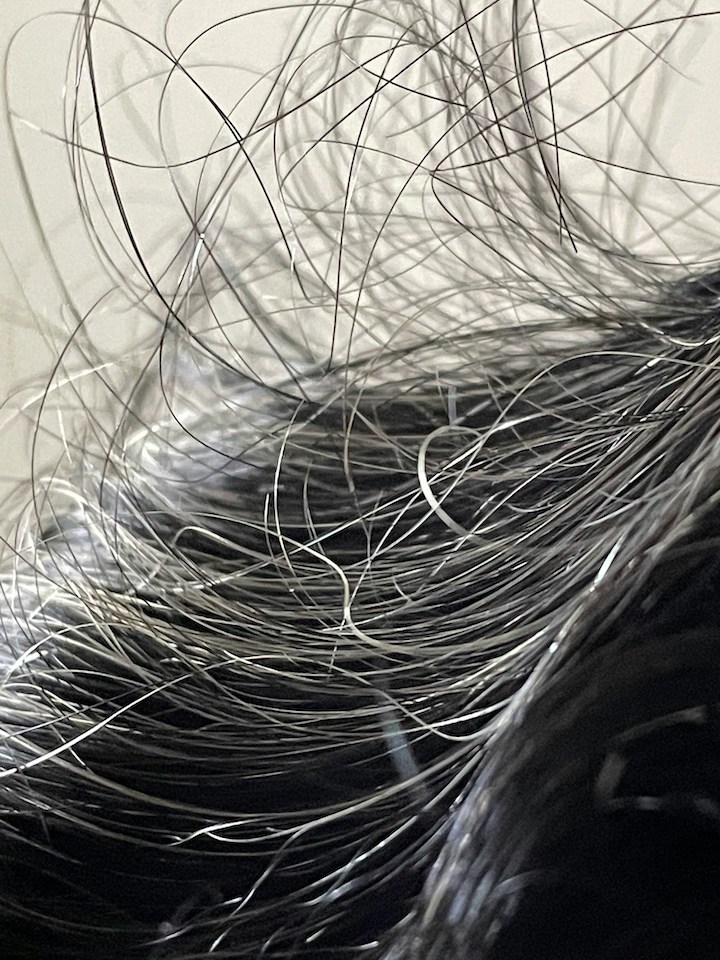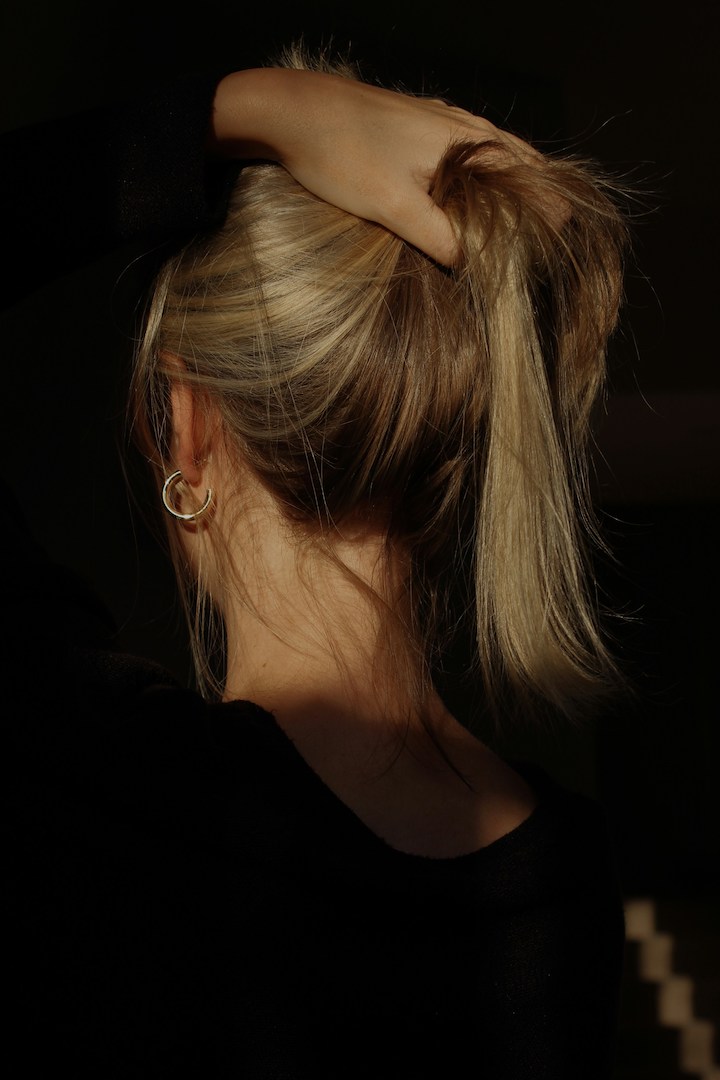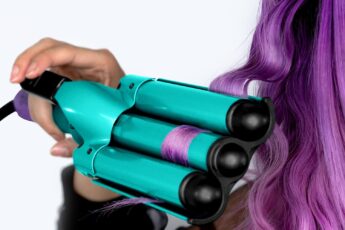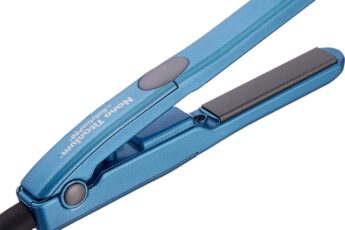You don’t wake up one morning with a bald patch out of nowhere. That’s not how it works. It’s usually something more subtle. You notice your part getting a little wider, your ponytail feeling thinner, or your hairline pulling back just a bit. You ignore it at first. We all do.
But that quiet change? It could be something called hair follicle miniaturization.
It sounds technical, I know. But don’t worry — I’ll break it all down for you in a way that actually makes sense. You and I are going to look at what this thing really is, what causes it, how to catch it early, and most importantly — what you can do about it.
If you’re frustrated, confused, or even a little scared, take a deep breath. You’re not alone in this.
Table of Contents
Key Takeaways
- Hair follicle miniaturization is the shrinking of hair follicles that leads to thinner, weaker hair.
- The earlier you catch it, the better your chances of stopping or reversing it.
- Causes include DHT, genetics, stress, poor nutrition, and scalp issues.
- Daily habits like scalp massage, gentle care, and smart product choices matter more than flashy solutions.
- Real change takes time — but it’s possible.
What Is Hair Follicle Miniaturization?
Okay, so let’s keep this simple. Every single strand of hair grows out of something called a follicle. It’s like a tiny pocket in your scalp where your hair is “born.” When everything’s working well, that follicle produces strong, thick hair that grows at a normal rate.
Now here’s where the problem starts.
Hair follicle miniaturization happens when those follicles begin to shrink. Literally. The opening gets smaller, and the hair that grows out of it becomes thinner, shorter, and weaker. Eventually, the follicle might get so small that it stops producing visible hair altogether.
So when people talk about “thinning hair” or the beginning stages of hair loss, this is what’s usually going on behind the scenes.

What Causes Hair Follicle Miniaturization?
You might be wondering, “Why does this even happen in the first place?” Good question.
Let me walk you through the usual suspects.
1. DHT (Dihydrotestosterone)
This is the biggest name in the room. DHT is a hormone that your body naturally produces, but for some of us, our hair follicles are sensitive to it. Over time, DHT attaches to the follicles and begins to shrink them. Slowly. Gradually. Quietly.
If you’ve heard the term “androgenic alopecia” or “female pattern hair loss,” DHT is a big part of that picture.
2. Genetics
Yep, family history matters. If thinning hair runs in your family, chances are your follicles are more likely to respond to DHT. You didn’t cause this — it’s just something you inherited. But knowing your risk helps you act early.
3. Stress and Hormonal Imbalance
Stress doesn’t just make you feel worn down — it can trigger all sorts of chain reactions in your body, including hormone shifts that affect your hair. Cortisol (the stress hormone) can throw everything out of balance and push your follicles into a resting phase too soon.
4. Poor Nutrition
Your hair needs nutrients to grow — especially iron, zinc, protein, and biotin. When you’re low on these, your body prioritizes vital organs over hair. That means follicles might shrink or slow down because they’re simply not getting what they need.
5. Scalp Conditions
Inflammation, buildup from product or oil, or untreated scalp issues like dermatitis can make it harder for follicles to function normally. A healthy scalp really is the foundation for healthy hair.
6. Overuse of Heat and Chemicals
Flat irons, bleach, tight hairstyles, and relaxers — all of these can cause long-term damage if used often. While they don’t directly cause follicle miniaturization, they weaken the hair and stress the scalp, making follicles more vulnerable over time.
Also Read: Powerful Hair Follicle Stimulation Methods That Actually Work
How to Spot It Before It Gets Worse
Hair follicle miniaturization doesn’t usually scream for attention — at least not at first. But if you pay close attention, there are signs. Let’s look at the ones you shouldn’t ignore:
- Your hair looks thinner in certain lighting — especially under bright bathroom lights or sunlight.
- The crown area seems sparse, even if you’re not styling it differently.
- Your part is wider than it used to be.
- Hairs seem shorter, finer, and don’t grow as long as they once did.
- More shedding than usual, especially in the shower or on your pillow.
- Scalp is more visible in photos or when your hair is pulled back.
You don’t need to check all these boxes for miniaturization to be happening. Even just one or two could be worth looking into.
Is It Reversible?
Here’s where things get tricky — and where you need honesty, not hype.
Hair follicle miniaturization can be reversed if the follicle is still alive. That’s the key part. Once the follicle fully shuts down and goes dormant, it’s almost impossible to bring it back.
So the goal is to catch it early. If the follicle is still producing even a weak, thin hair — that’s a sign of life. And that means there’s still a chance.
But let me be clear: reversal doesn’t mean your hair will go back to the way it was at 18. It usually means:
- Strengthening the existing follicles.
- Stopping further shrinkage.
- Thickening the hair that’s still growing.
- Boosting overall scalp health.
And trust me, even that kind of progress can feel amazing when you’ve been watching your hair thin slowly for months or years.
How to Slow It Down (or Try to Reverse It)
Here’s what I want you to remember — this isn’t about miracle cures. It’s about habits. Consistency. Treating your scalp and your follicles with care. Here’s where to start.
1. Be Gentle
- Avoid tight ponytails and buns that tug on the roots.
- Use wide-tooth combs instead of harsh brushes.
- Don’t towel-dry roughly — pat instead.
2. Scalp Massage
- Just a few minutes a day can help improve blood flow.
- Use your fingertips in circular motions — no nails.
- Try oils like rosemary or peppermint for extra stimulation.
3. Ingredients That Actually Help
- Minoxidil: The only FDA-approved treatment for hair regrowth in women.
- Caffeine: Found in some shampoos — may block DHT locally.
- Saw Palmetto: A natural DHT blocker.
- Rosemary oil: Shown in some studies to be as effective as minoxidil.
- Pumpkin seed oil, ketoconazole, biotin — also worth looking into.
4. Eat Like Your Hair Depends on It
- Focus on protein (your hair is made of keratin, after all).
- Iron and zinc are crucial — get bloodwork if you suspect a deficiency.
- Omega-3s help reduce inflammation.
5. Manage Stress
I know it’s easier said than done, but stress creates chaos in your body. Even simple things like walks, journaling, or deep breathing can make a difference.
6. Sleep Well
Your body repairs and resets overnight. Poor sleep = poor hair health. Aim for 7–9 hours when you can.
7. Know When to Ask for Help
Sometimes, you need a dermatologist or trichologist to guide you. There’s no shame in asking. They can assess your scalp, run tests, and recommend treatments you can’t get over-the-counter.
Things That Don’t Help (Even If They Promise To)
Let’s clear the air on a few things that just don’t work — or at least don’t work the way people claim they do.
- Trendy oils with no active ingredients. Not all oils penetrate or stimulate growth. Don’t fall for every viral product.
- Overwashing with harsh shampoos. It strips the scalp and weakens your barrier.
- Using medicated shampoos when you don’t need them. These can dry you out if there’s no real condition.
- Thinking one product will fix everything. It’s always a mix of lifestyle, consistency, and care.
My Honest Thoughts
Look, I’ve been there. You notice a few more hairs in the drain. You try to convince yourself it’s nothing. Then the doubt creeps in. Is something wrong with me? Am I going bald?
But let me tell you something — if you’re catching it now, if you’re reading this and thinking “this sounds like me,” then you’re already doing the most important thing: paying attention.
You don’t need to do everything perfectly. You just need to start. Pick one change. Stick with it. And if something doesn’t work, try something else.
You’re not powerless here. That’s the part no one tells you.

Conclusion
If you’ve been worried about thinning hair or noticing changes you can’t quite explain, now you know what could be behind it — hair follicle miniaturization.
And now that you know, you can do something about it.
You don’t have to do it all at once. Start small. Be gentle. Give your scalp and your follicles a little love. The path to stronger, healthier hair isn’t about magic — it’s about patience and care. And you’re more than capable of that.
You’ve got this.
Frequently Asked Questions
Can miniaturized hair grow back?
Yes, but only if the follicle is still active. Thinner hairs mean there’s still hope, especially with the right care.
Is hair follicle miniaturization the same as balding?
Not exactly. It’s often the first step. Balding happens when enough follicles shrink and shut down.
What products help with miniaturization?
Look for minoxidil, rosemary oil, caffeine shampoos, or saw palmetto-based treatments. But pair them with good habits, not just products.
How long does it take to see results?
Usually 3 to 6 months. Hair grows in cycles, so patience is part of the process.



